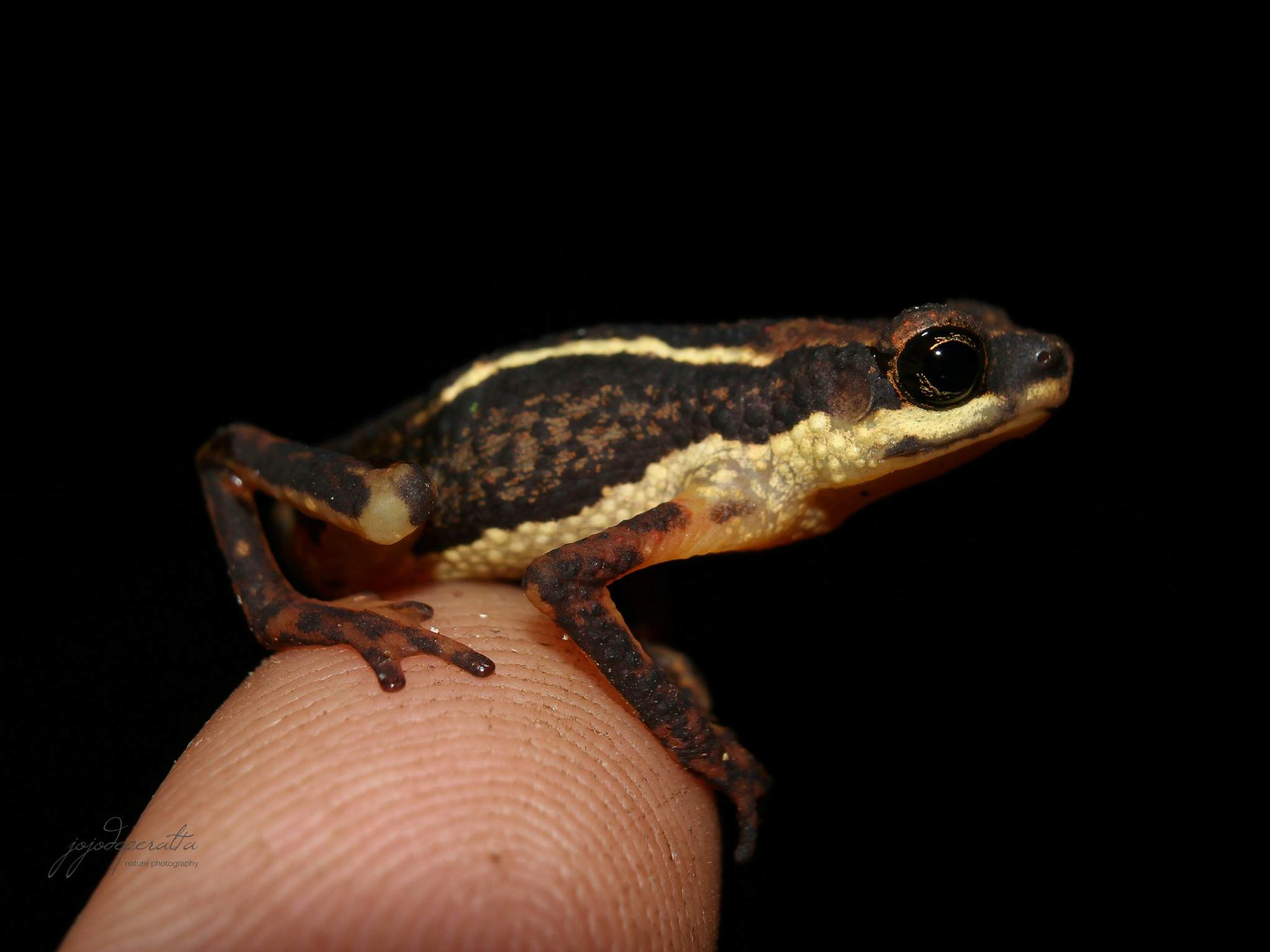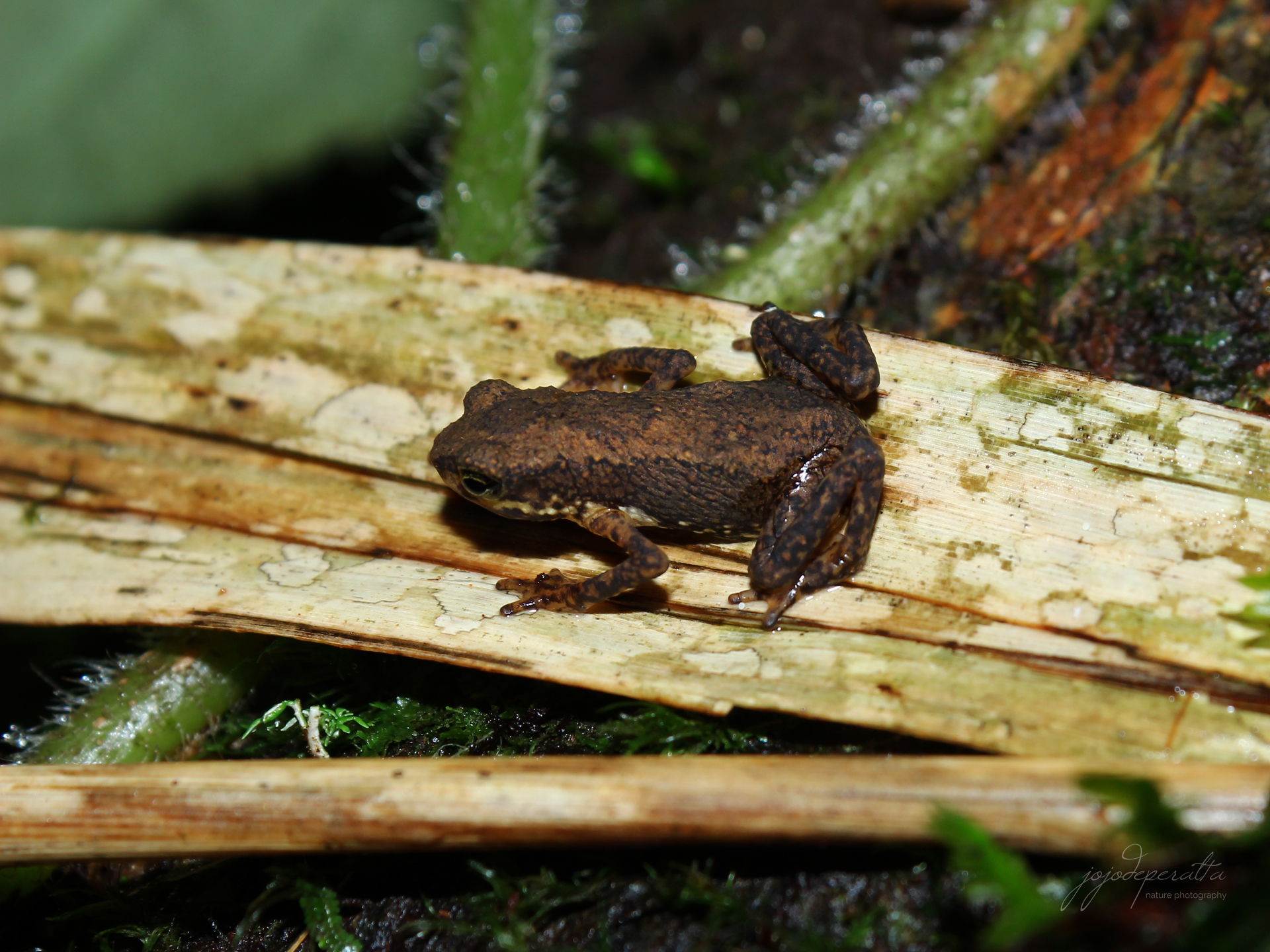Palawan Toadlet – Palawan’s most controversial amphibian
 |
| Palawan Toadlet adult size. |
 |
| Palawan Toadlet habitat |
 |
| Palawan Toadlet in Mount Peel. |
 |
| Palawan Toadlet in Cleopatra's Needle. |
 |
| Palawan Toadlet adult size. |
 |
| Palawan Toadlet habitat |
 |
| Palawan Toadlet in Mount Peel. |
 |
| Palawan Toadlet in Cleopatra's Needle. |